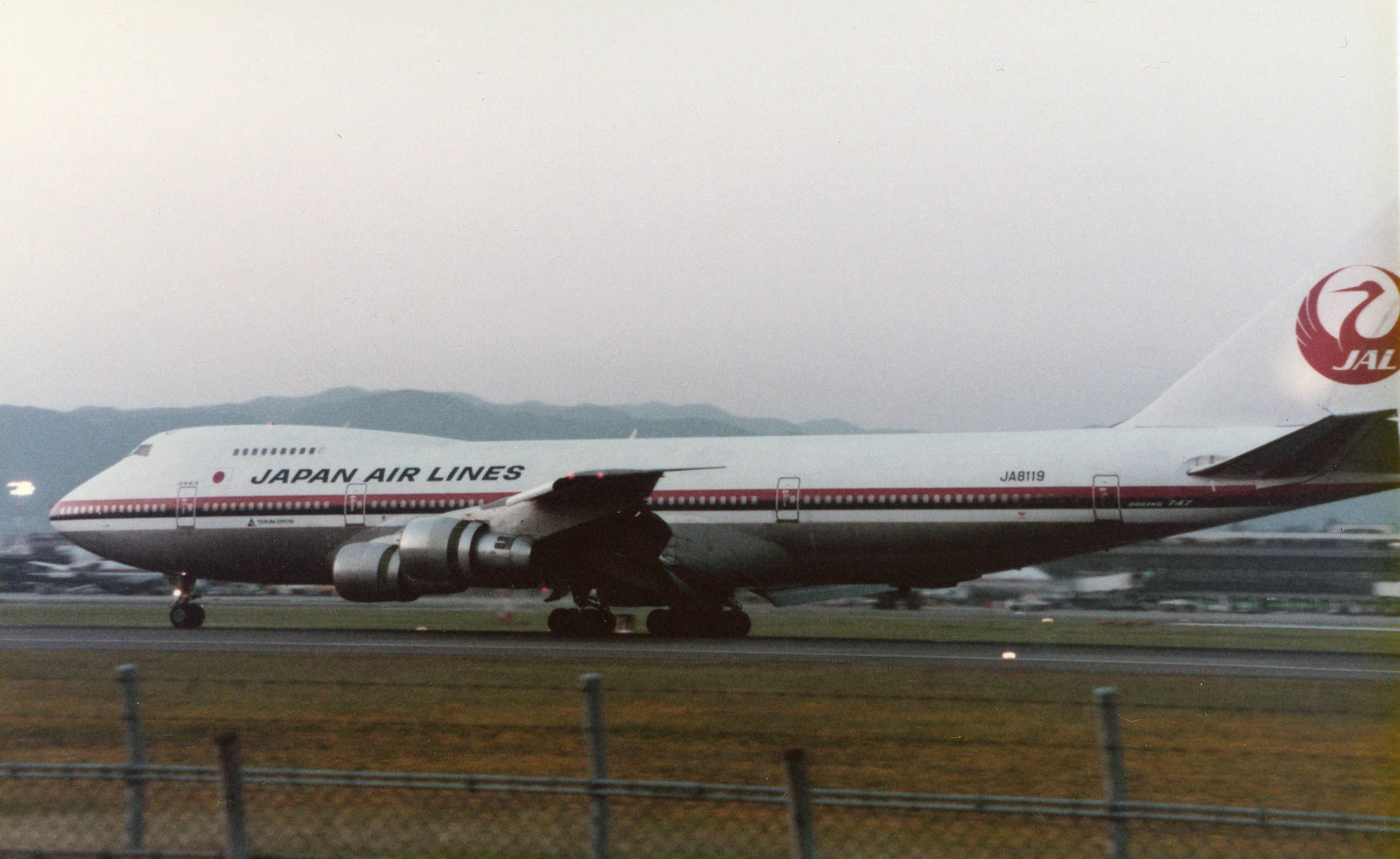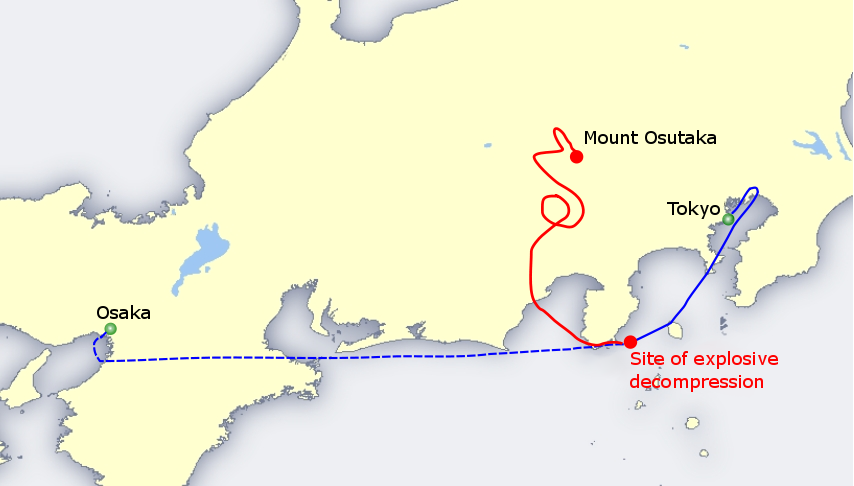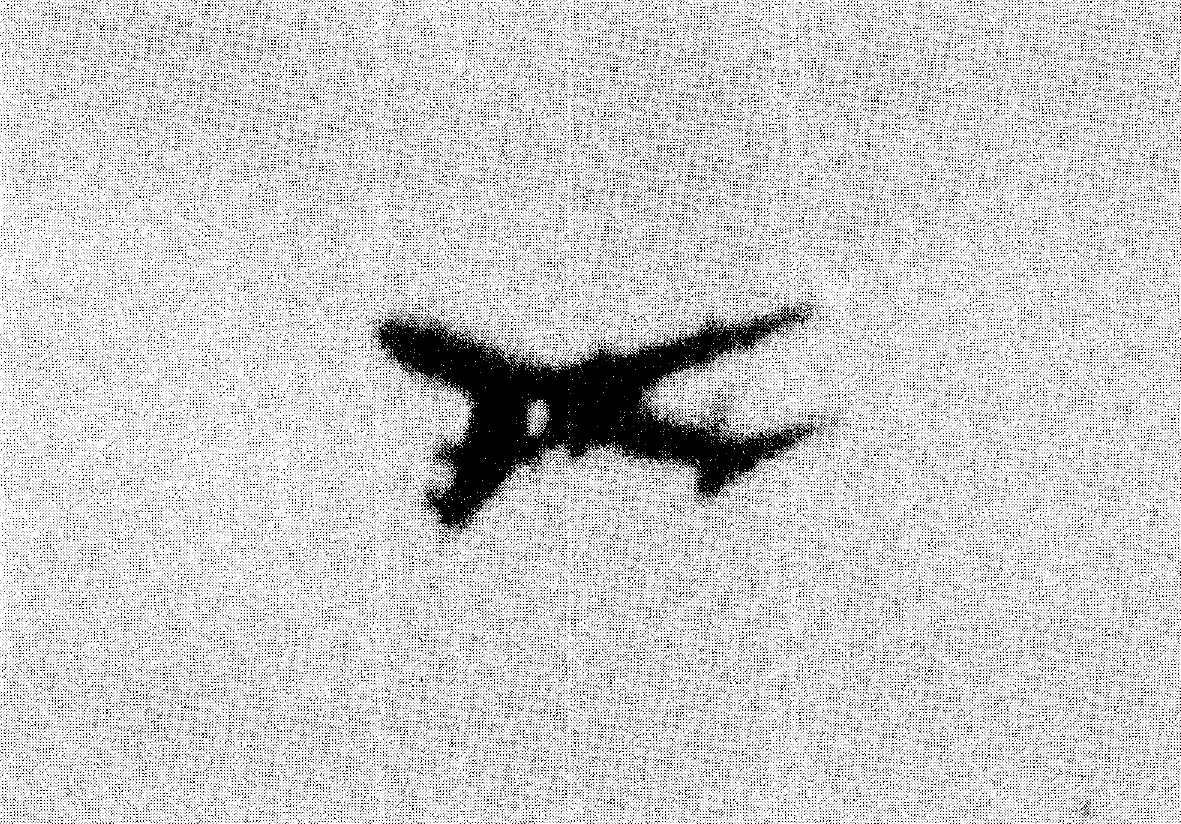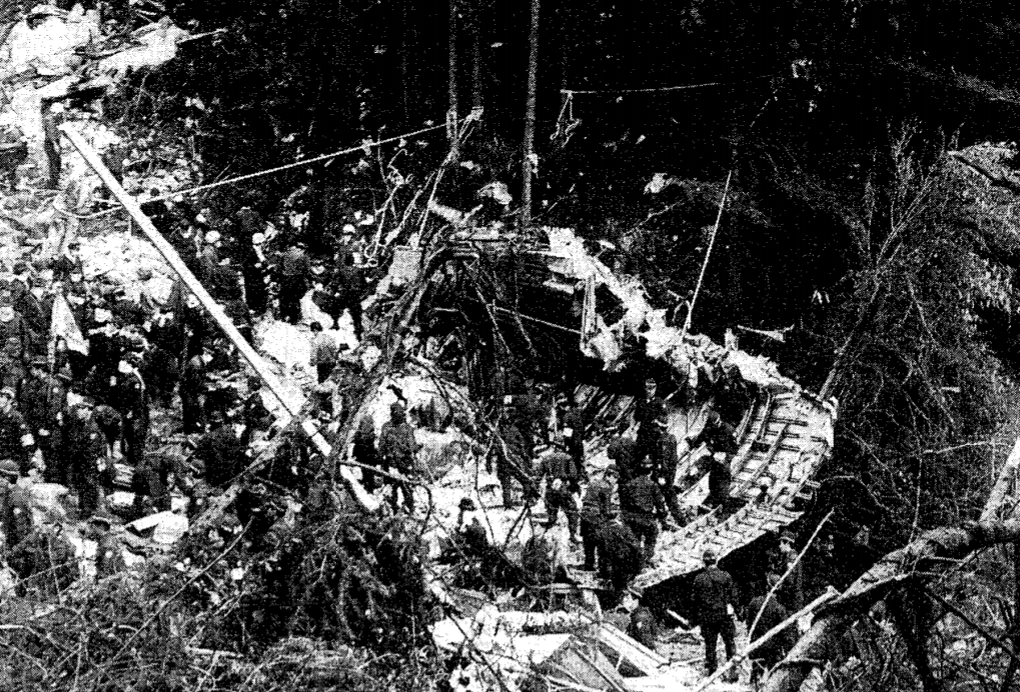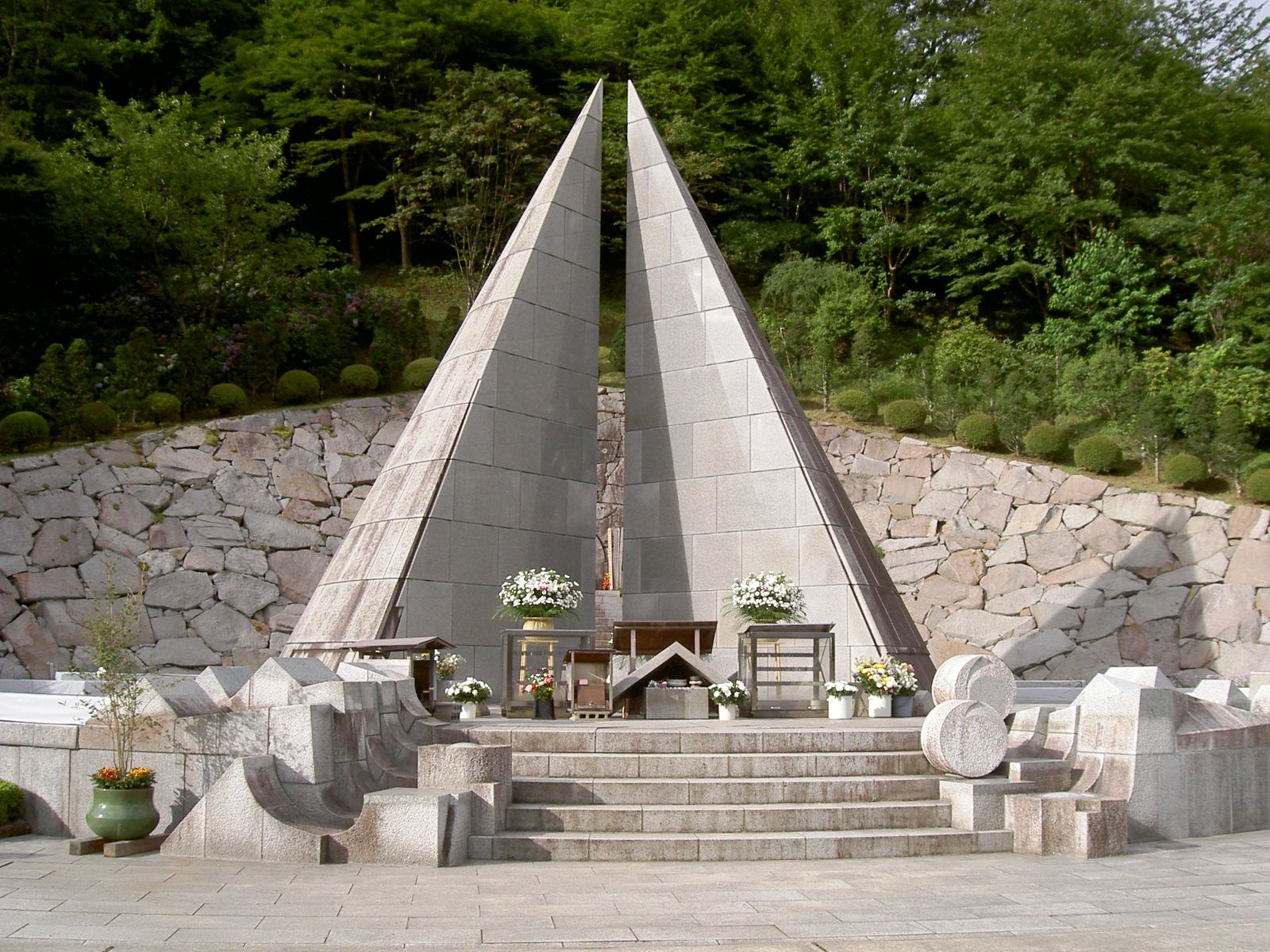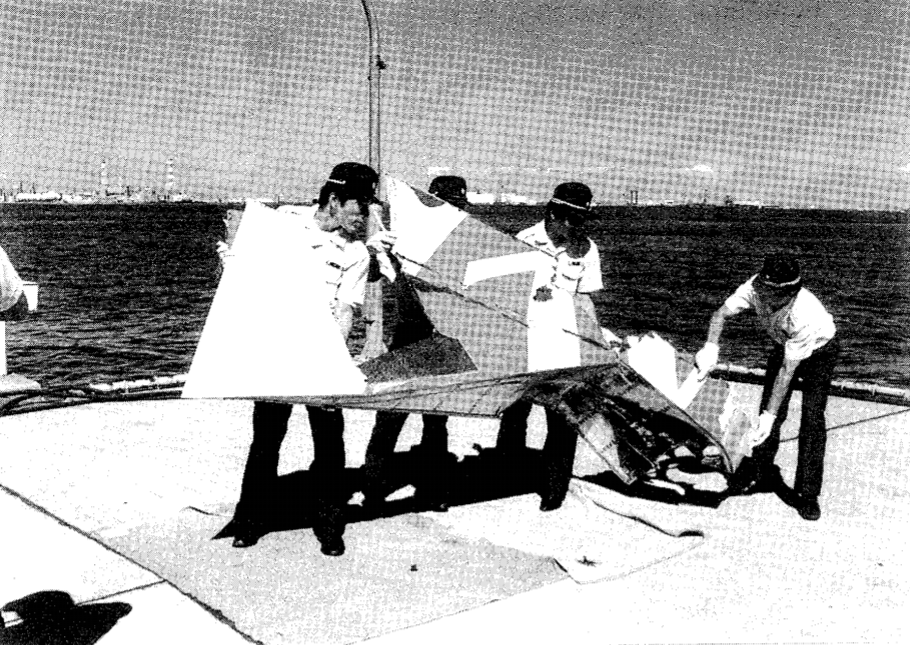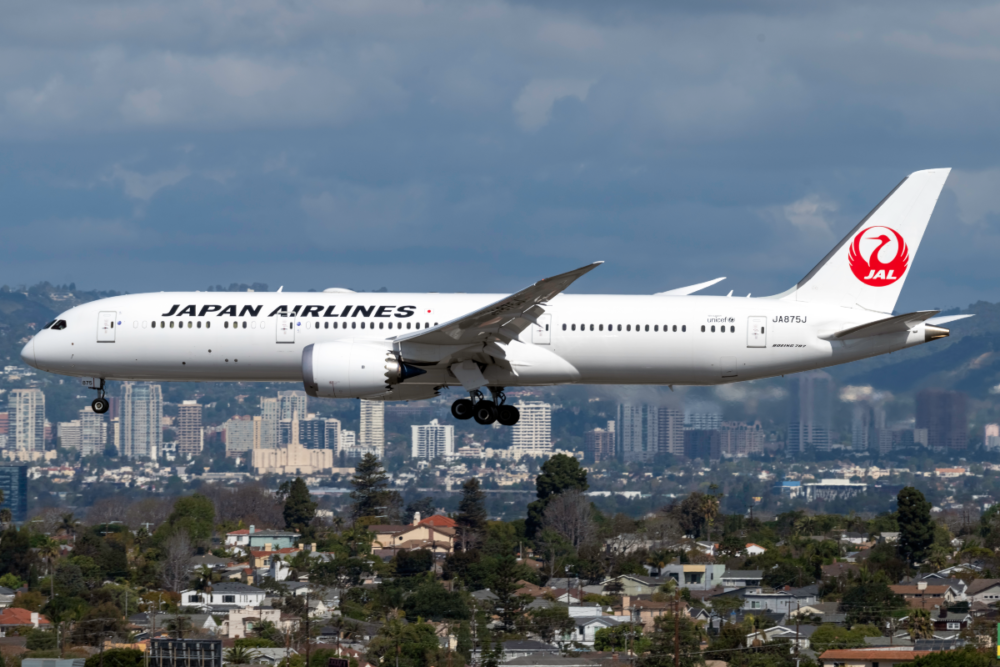On 12th August 1985, Japan Airlines flight 123 was prepared for take-off at Tokyo Haneda Airport. The Boeing 747SR (short range) was ready for the domestic flight to the city of Osaka. The flight time was 54 minutes at a cruising altitude of 24,000 feet. The Obon holidays were coming up and travelers were returning home to their families to celebrate. It was a fully booked flight with 509 passengers and 15 crew onboard. In the flight deck were Captain Masami Takahama, first officer Yutaka Sasaki and flight engineer Hiroshi Fukuda. Yutaka was sitting in the left-hand seat as he was training to be captain.
Off duty
Yumi Ochiai was a flight attendant for Japan Airlines. She was 26 years old, recently married and loved her job, she wanted to see the world. She was off duty that day and traveling as a passenger, returning to her family in Osaka for the holidays. She was seated on the aisle in 56C, the third row from the back of the aircraft. The flight took off on time at 18:12 and everything seemed normal.
The unexpected
Yumi was reading a magazine. It was 12 minutes after take off. Suddenly there was a large explosion. The aircraft rocked. The ceiling above the rear lavatories in the rear galley had ripped off. The oxygen masks were deployed in the cabin, alarms sounded and an automated message played. 'We are now flying in an emergency condition. Please put on the oxygen mask. Please fasten the seat belt. Please extinguish all cigarettes. We are now flying in an emergency condition.'
"At 18.25 pm, there was a 'bam' sound overhead. Then my ears began to hurt. I don't know if a door flew off or not. I did not hear any other explosion sound from the floor or anywhere else. At the same time, the air inside the cabin turned pure white."
Yumi - off-duty flight attendant flight 123
An explosive decompression had occurred. The white fog in the cabin was from condensation caused by the drop in cabin pressure. Papers, napkins, magazines anything that was not secured was flying around. There was panic in the cabin, with passengers screaming and children calling for their mothers.
Emergency landing
Yumi put on her oxygen mask and life vest and helped others around her do the same. She worked together with the flight attendant at the right rear side. They instructed passengers how to prepare for the emergency landing including the brace position. The passengers followed the flight attendants' instructions. Some were crying and writing messages on paper to their loved ones. The flight attendants tried to reassure the passengers. Yumi saw Mount Fuji on her left and thought they were returning to Haneda. Her oxygen had stopped, but she could still breathe.
In the cockpit
The captain switched the transponder code to emit an emergency signal. He requested they return immediately to Haneda. The flight engineer saw that they were losing hydraulic pressure. The first officer was trying to maintain the correct bank angle. None of the flight crew had reached for their oxygen, so would become hypoxic. They would struggle to work out what was happening to the aircraft. The aircraft had started to move in an oscillating motion. The pilots could not control the aircraft, the explosion had destroyed the hydraulic systems.
Uncontrollable?
Air traffic control offered Nagoya as an alternate airport. The flight engineer called a flight attendant on the interphone to try and understand what had happened. She said that the baggage compartment had collapsed. He had an indication that showed that the rear right door was open. The captain described the aircraft as 'uncontrollable' and reported a broken rear right door. Yumi had fastened her seatbelt and put herself in the brace position. The aircraft started a sharp descent, she felt like 'they were going straight down'. The pilots did everything they could to keep the aircraft in the air, until the last second.
Aftermath
The aircraft crashed into dense forest on Mount Osutaka (Takamagahara). It had been 32 minutes since take off. The right wing tip and no.4 engine struck the trees and sheared off. The aircraft struck a ridge and dug a trench before rolling over and traveling 500 meters into another ravine. It was upside down before it came to a halt and exploded. There was scattered and burning debris everywhere. It was described as an apocalyptic scene with tangled wreckage. There was little hope of finding any survivors.
Survival
Yumi felt 2 or 3 strong shocks. Seats, cushions and debris flew in the air around her. She wanted to get away from the clouds of dust and debris in her face. Her stomach hurt and she thought she'd be torn to pieces. Seats fell on her and she could not move. She gathered her strength to try and undo her seatbelt. She could see no fires around her.
'After the crash, I heard harsh panting and gasping noises from many people. I hear it coming from everywhere, all around me. There was a boy crying 'mother'. I clearly heard a young woman saying 'come quickly!' Suddenly I heard a boy's voice. 'Ok, I'll hang on' he said. In the darkness, I could hear the sound of a helicopter. I couldn't see any light but could hear the sound and it was quite near too. We will be saved I thought and I waved frantically. But the helicopter went further away. 'Don't go!' I waved desperately. "Help!' But it faded. I could no longer hear the voices of the boy or young woman. "
-Yumi
Rescue
Rescue efforts were difficult as the accident site was remote and dangerous. The next morning, Yumi awoke and heard a helicopter, she tried to wave but they didn't see her and she drifted to sleep. Rescuers finally found the tail section and spotted her hand moving. She had somehow survived, still trapped in row 56 and lived another 16 hours overnight until rescue. She woke when the rescuer shouted 'You are alright now' and pulled her from the wreckage. She had a fractured pelvis and arm. The 4 survivors were all seated in the last 7 rows of the aircraft. A mother and her young daughter along with Yumi, had survived. The rescuers found a 12-year-old girl alive in a tree. Of the 509 passengers, 505 and all crew members died.
Cause
The aircraft had been involved in a serious accident before, a tail strike in 1978. There was damage to the rear bulkhead of the aircraft and it took extensive repairs to fix it. Unfortunately, the repair was faulty and only one line of rivets held the bulkhead in place instead of two. This flight was the 12,319th flight made since the repairs. Just 12 minutes after take off, the repaired section was ripped off causing the decompression. The wave of pressure had taken off a section of the tail fin and part of the APU (auxiliary power unit).
The aircraft was disintegrating before the impact. Three parts from the rear of the aircraft were found over 100 miles from the crash site. The captain had reported that the right rear door was broken, but this was later found intact and disregarded from the investigation. There were questions as to why the rescue team had not gone out sooner under the assumption there were no survivors. More people may have survived the accident, if help had arrived sooner, it was discovered.

